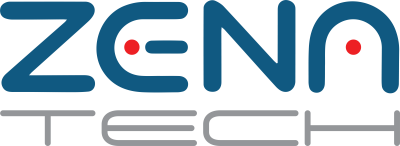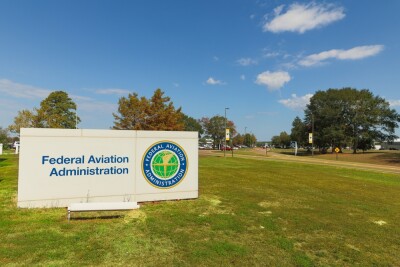Yesterday the Federal Aviation Administration (FAA) and the Switzerland Federal Office of Civil Aviation (FOCA) announced that they have reached an agreement in harmonizing domestic and international safety standards for unnamed aircraft vehicles (UAVs).
I have been following closely the advances of the Swiss industry, academia, and private sector in the direction of a unified approach to legislation and technology and it was only logical that the FAA entered into this agreement.
Swiss companies like Involi have been introducing new technologies that allow FOCA to advance the cause of UTM to a point where it’s almost ready to be the first country to deploy a workable commercial airspace capable of handling manned and unmanned vehicles in coexistence. Now the FAA will be the beneficiary of all these advances and the tests that made them a workable solution.
“UAS activities are now accepted worldwide as a vital sector of aviation,” said Jay Merkle, executive director of the FAA's UAS Integration Office. “This U.S./Swiss agreement continues the move forward of the safe, efficient, and internationally harmonized integration of these vehicles into the world’s airspace.”
Even though we understand that this is just a first step towards full cooperation, the signature of a declaration of intent (DOI) is a great step forward.
The DOI specifically assigns respective responsibilities to FOCA’s ‘Innovation and Digitalization Unit’ and the FAA's ‘UAS Integration Office’. In each country, these two business units are responsible for the innovation and adoption of UAV-focused operating concepts, policies, requirements, criteria, and procedures for new system evaluations.
With agreements like these—even though they have only just embarked on the first steps of signing a DOI—different countries and different jurisdictions can begin the arduous process of harmonizing international rules and regulations that would allow unmanned aviation to join its manned counterpart in contributing to the global economy.














Comments